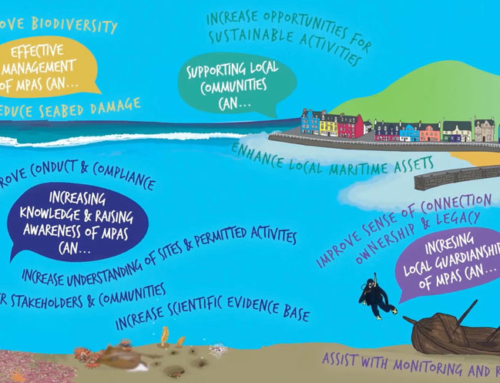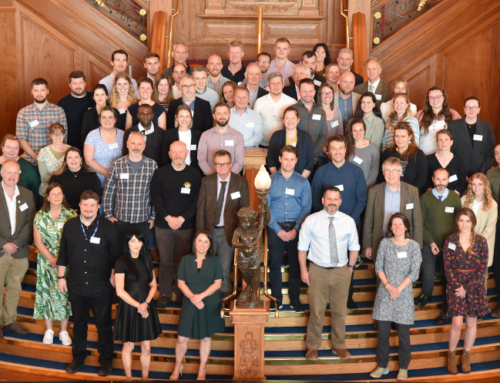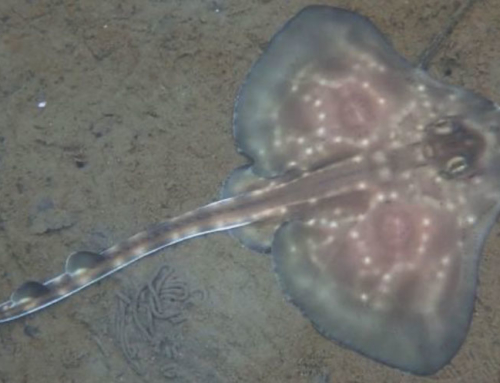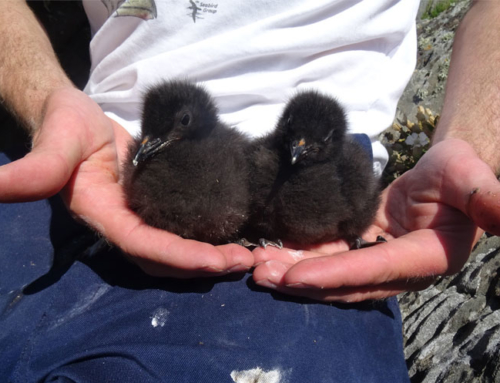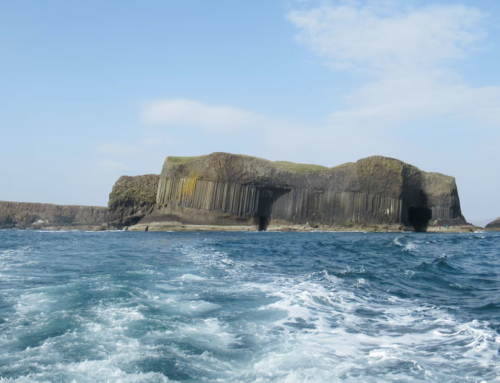A team of coastal scientists from Ulster University is conducting regular surveys of Co. Down’s Newcastle to Dundrum (Murlough Bay) beach system to find out how and why our coastline changes. Their findings will be used to predict future changes to help better plan how we use and also protect our fragile coastal environment.
The work is part of the €6.4 million European environment project MarPAMM (Marine Protected Area Management and Monitoring) that will develop tools and plans to protect vulnerable marine habitats and species in the waters between Scotland and Northern Ireland. The Murlough Bay beach study explores how climate-related processes including sea-level rise and storms, may alter the physical environment that supports protected species and habitats on our coasts.
MarPAMM is funded by the European Union’s INTERREG VA Programme, managed by the Special EU Programmes Body (SEUPB). Match-funding is provided by the Department of Agriculture, Environment and Rural Affairs in Northern Ireland and the Department of Housing, Planning and Local Government in Ireland.

Lead scientist Professor Derek Jackson from Ulster University’s School of Geography and Environmental Sciences, who is fronting up the coastal processes aspect of the project, explains why the vast sandy beach and dune landscape at the Murlough Special Area of Conservation is an ideal study site:
‘Naturally, our coasts are constantly and slowly changing. These changes are becoming more apparent when extreme weather events increase and sea levels rise. Using ground based survey technology, we can now study relatively rapid changes in the movements of beach sands on this site. Research to date has shown that the once golden beaches at the promenade at Newcastle have over the past few decades been pushed down the coast towards Ballykinler through wave and tidal action. With increased storm events we are studying how this may present itself in the near future.’
‘As well as past and present movements, we are examining future scenarios of how heightened sea levels at the site will alter the coastline dynamics; using Murlough Bay site as a test bed for establishing coastal monitoring protocols for other sites in the region. These will help advise any future science-led coastal management approaches we may adopt for protecting these vulnerable environments.’ he continued.
Commenting upon the importance of this work Gina McIntyre, CEO of the SEUPB said: “During these challenging times, a stroll along the beach is not yet possible for many of us, however the research that is being carried out by MarPAMM will provide invaluable data to help protect Murlough Bay, for many years to come. Like a number of other EU-funded projects under the INTERREG VA Programme, MarPAMM is continuing to find innovative ways to deliver upon its outputs, during the current crisis. It is one of the key environmental protection projects funded under the programme and will lead to better, more sustainable, marine conservation activities across Northern Ireland, Ireland and Western Scotland.”
In a project video that has just been released, beach scientist Dr Melanie Biausque, who can often be seen surveying the beach at low tide using a quad bike, explains what they do with the data they collect: ‘We visit the site every month and for the next few years this will help generate a visualisation of surface height changes on the beach, telling us how waves have moved sand around under different wave events. These are incorporated in a computer model that should allow us to see how future storms will react with the underlying sandy seabed and beach.’
Another Ulster University researcher on the team, Dr Edoardo Grottoli, has also been collating information of past changes of the coastal system in Murlough Bay using historical maps, past aerial photography and historical accounts of storm impact. ‘Past events will show us to better understand how important patterns of change have unfolded through time and how the coastline is evolving to present and future positions’ Dr Grottoli said.
Professor Jackson concluded, “Society needs to understand the movement of the coast and the processes that drive the changes in order to protect our marine environment in the longer term.”


